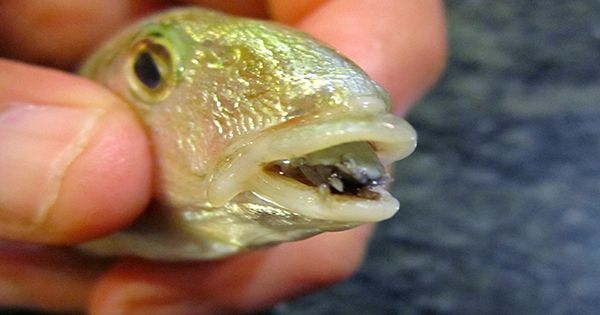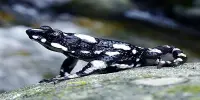With a “very creepy” photo shared to Facebook, Texas Parks and Wildlife appears to be trying to ensure you do not sleep until Halloween, or maybe ever. It is of a fish – officially an Atlantic croaker – whose tongue has been eaten by a parasite isopod and completely replaced (Cymothoa exigua).
We have talked about the so-called tongue-eating louse before, but just in case you forgot about it, it is back. In truth, the tongue-eating louse never went away; those of us who do not live near Mexico’s or the Southern United States’ coastlines are fortunate enough to forget about it. The shot was shared on the Galverston Island State Park’s Facebook page, eliciting nostalgia from Texans who sail and fear from the rest of the world.
The louse’s well-known moniker is accurate (other than not being a louse). Its life cycle is dependent on females cutting off the blood flow to the tongues of the fish they parasitize. The female louse latches onto the stub to replace the necrotized tongue. They mate with the males, who take up residence in the gills and then release eggs that go out to harass young fish.
The lice, like any good parasites, do not kill their hosts, allowing them to continue feeding on their blood and mucus for longer. Instead, they aid in swallowing like a true tongue, possibly replacing parasitism with a forced symbiosis. Species that damage fish mouthparts but do not replace organs reduce lifespans and have an impact on reproduction. It is likely that C. exigua does as well, and Rice University’s Dr. Kory Evans told The Houston Chronicle that the presence of numerous females in one mouth would almost certainly signal doom for the host. They are also thought to be disease carriers.
It is all just proof that if “Intelligent Design created the universe” the creator was putting himself up for a job writing horror movies. “Tongue-eating louse or snapper-choking isopod’ is rather prevalent among some types of fish, notably Atlantic croaker, spotted seatrout, and a few species of snapper,” Mark Fisher, Science Director of the Texas Parks and Wildlife Department, told local radio station KSAT.
“Peering inside a fish’s mouth and seeing another pair of eyes peering back at you might be surprising,” Fisher noted. So yet, there is no evidence that the “louse” treats human tongues in the same manner, but there have been reports of them biting persons who sought to inspect them.
Those freshly finding this rare example of a parasite replacing an organ now have a set of comebacks whenever anybody asks whether “the cat took your tongue,” which is a little consolation for what this has done to your brain.















